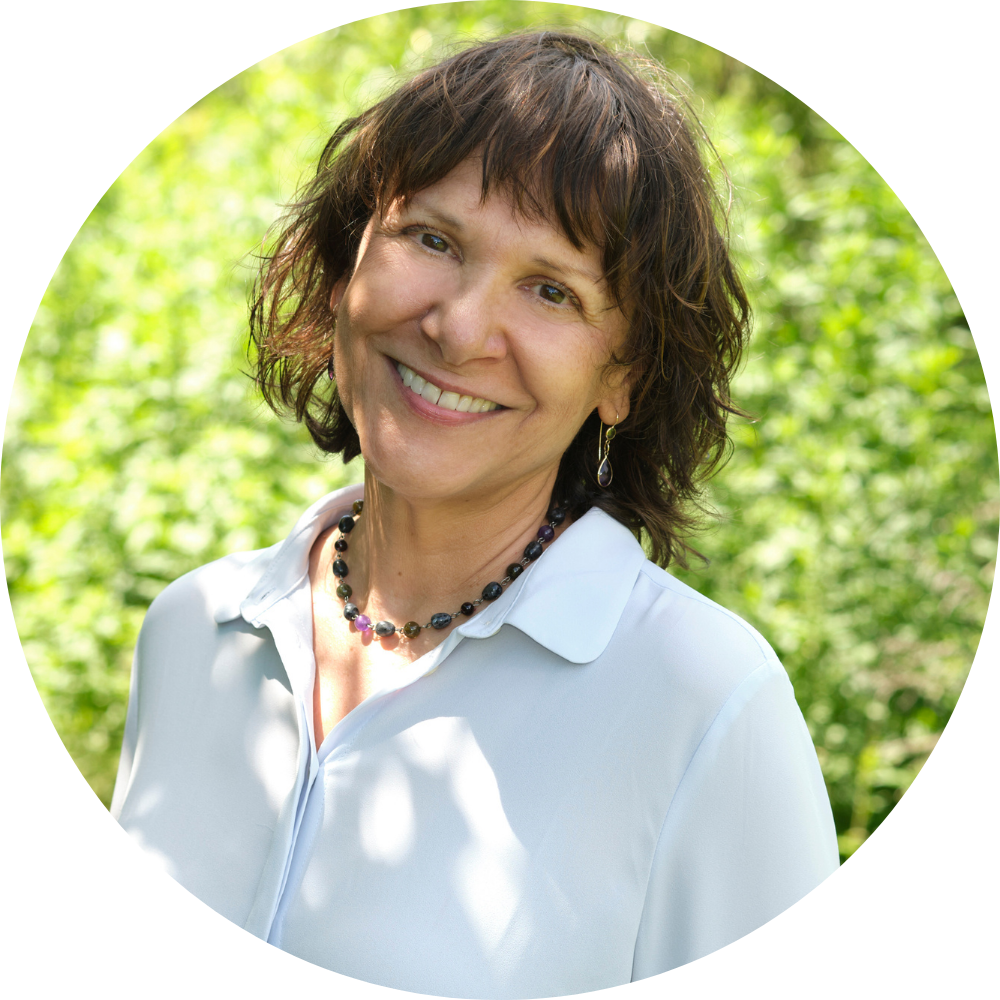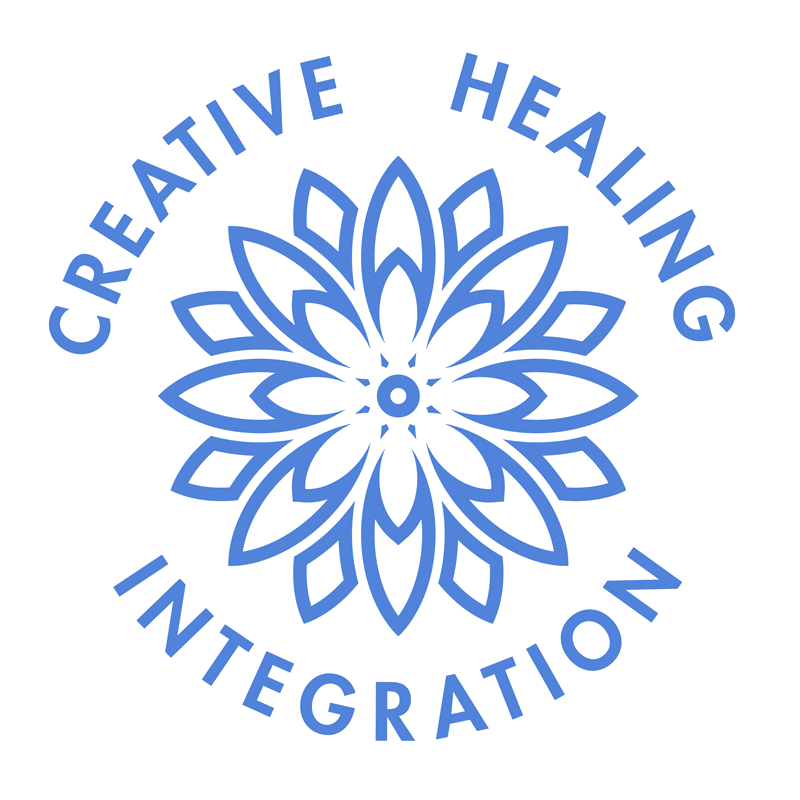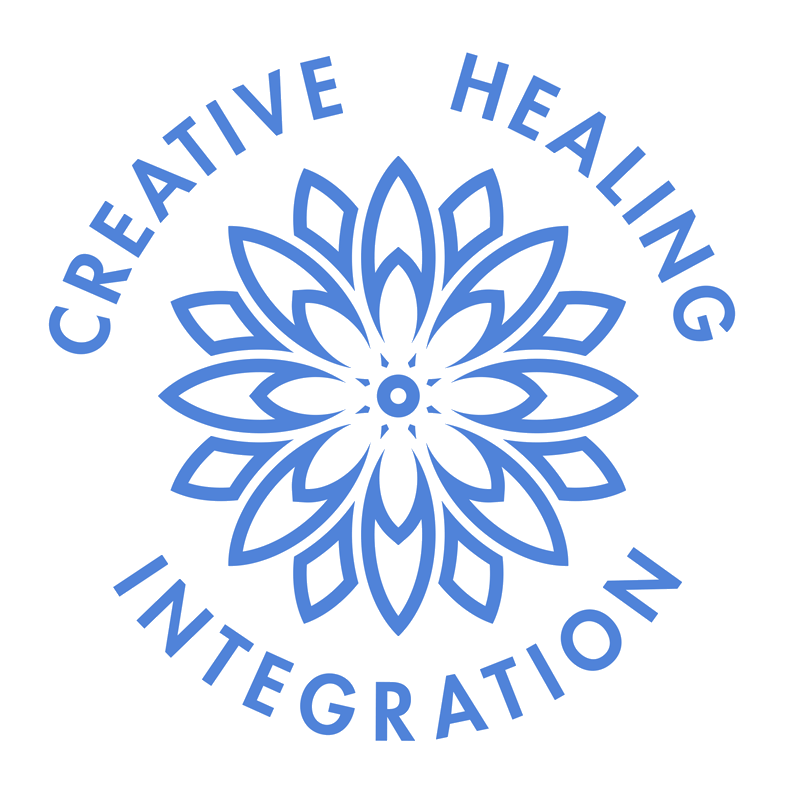Healing The Mother Wound: 9 Signs and 3 Steps for Recovery

From the moment we enter this world, we look to our mother figure for safety, security, and a sense of belonging. As our primary attachment figure, the mother’s presence plays an immensely significant role in self-development. What happens when the maternal presence is inconsistent, critical, or even toxic?
What Is The Mother Wound?
The Mother Wound is the lasting impact of an incomplete or troubled attachment experience. The trauma leaves the child feeling unworthy, broken, and confused about their role in the world. No matter how seemingly small or insignificant, the mother’s demeanor, words, and actions shape the sense of self that’s built upon in adolescence and adulthood.
Often the result of generational trauma, this type of wound forms slowly over time and can be hard to identify. Eventually, the damage rears its ugly head in the form of a harsh inner dialogue, frustrating relationship patterns, and a cycle of distrust and self-doubt.

9 Signs of The Mother Wound
No two wounds are the same, and the criteria are not one size fits all. The signs of an experience with a narcissistic mother will look differently than one with an absent mother. Nevertheless, there are key similarities and behaviors that can point to a generational tear that needs tending to, such as:
Perfectionistic Tendencies
Low Self-Esteem
Inability to Maintain Fulfilling Interpersonal Relationships
A Harsh Inner Critic
Difficulty Starting or Finishing New Projects
An Inherent Feeling of Unworthiness
Spiraling Negative Thoughts
Intense Anxiety Around Parenthood
Struggles with Trusting Self or Others
These internal experiences can manifest in mental health challenges that push the adult child to seek mental health services. Typically, someone who has experienced maternal trauma first receives professional support when the attachment wound gives rise to depression, anxiety, and chronic substance use.
3 Steps for Healing and Recovery
Healing from the Mother Wound is a process, one that starts with the present, looks to the past, and moves forward with compassion and acceptance. Beginning with present awareness lays an important groundwork for reflecting on the childhood experience and maintaining lasting healing in the future.

Become Rooted In The Present
The first step towards recovery is to build an awareness of the present experience. Using grounding techniques, bringing awareness to the mind-body connection, and developing mindfulness skills are fundamental pieces of the process. By becoming comfortable with these important coping skills, we construct a safe space to dive deeper into the pain.
Incorporating guided meditations, journaling, and mindfulness walks into your daily routine is a powerful way to prepare for the inner work. These simple, yet effective techniques create an awareness of how we experience the wound in our body, mind, and spirit. By practicing this awareness, we step into the healing process with a wealth of resources that are at our fingertips when the processing becomes hard.
Gain Insights From The Past
Once the groundwork has been laid, you are ready to uncover the past in order to better understand the roots, nature, and impact of The Mother Wound. Talking and writing about your experiences helps to illuminate the messages that were internalized, while shedding light on how they show up in the present experience.
While painful, the process of looking backwards is a crucial step in detaching from the internalized beliefs and stepping forward with compassion and acceptance. This deepened understanding gives voice to the ways the trauma impacts the adult experience, and provides the language needed to shift the inner dialogue.
Due to the complex nature of the trauma, resistance to processing is a common experience. Similarly to a physical wound, it’s only natural to pull away from anything that touches the wound too closely. Ultimately, holistic approaches in conjunction with group support is the most effective road to recovery.
Integrate And Step Forward
Combining the grounding resources with the insights gained from reflection, you are ready to integrate the wisdom and step forward. While it takes time, dedication, and consistent effort, you now have the awareness and the language to understand your experience.
Now, when the impacts of the trauma show up, you see it for what it is. Instead of falling into the trap of perfectionism, you’re able to use the tools and insight to practice grace and compassion. Instead of pulling away from relationships, you have the awareness to identify, empathize, and rise above feelings of distrust and unworthiness. Instead of giving into the harsh inner critic, you have the language to be able to speak your higher truth.

Healing Is Possible
In conclusion, The Mother Wound is a form of complex trauma that is incredibly common, generationally fueled, and able to be overcome with holistic support. When we prioritize our healing and commit to the three steps of healing, we are connecting to the parts of ourselves that have felt dismissed, ignored, and abandoned. The process in and of itself is a powerful act of healing. By caring for our wounded parts, we’re rewriting the narrative, rewiring the neural pathways, and remembering the innate worth that is deep in the fabric of our being.

About The Author:
Mari Grande is a New York City-based licensed Creative Arts Therapist, Clinical Social Worker, Thought Leader, Educator, and Coach with more than 20 years of experience in trauma healing and recovery. By working closely with the mind/body connection, attachment theory, and the power of creativity, she draws upon her integrative background to alleviate the impacts of relational and generational trauma. Mari is passionate about working with women who have experienced a Mother Wound, and offers various online courses that provide guidance, support, and insight for Daughters of Critical Mothers.
If you’re interested in learning more about The Mother Wound and embarking on the three steps of healing with holistic support, click here to learn more.


0 comments
Leave a comment
Please log in or register to post a comment